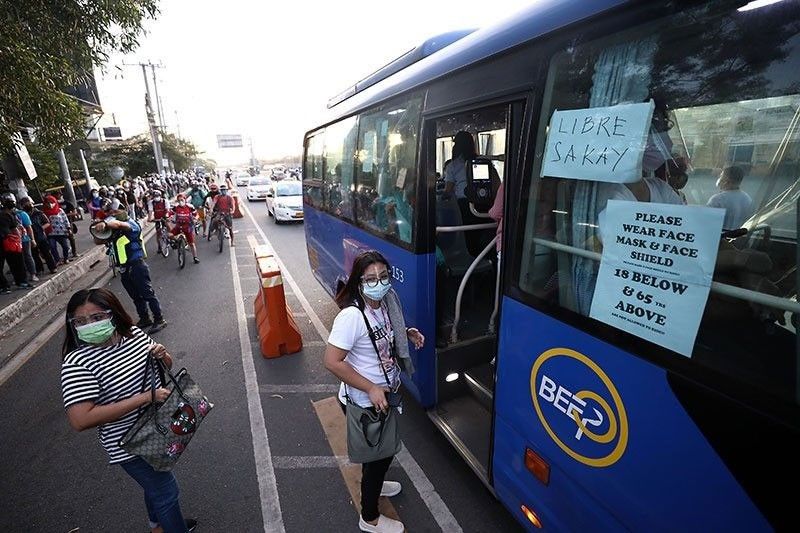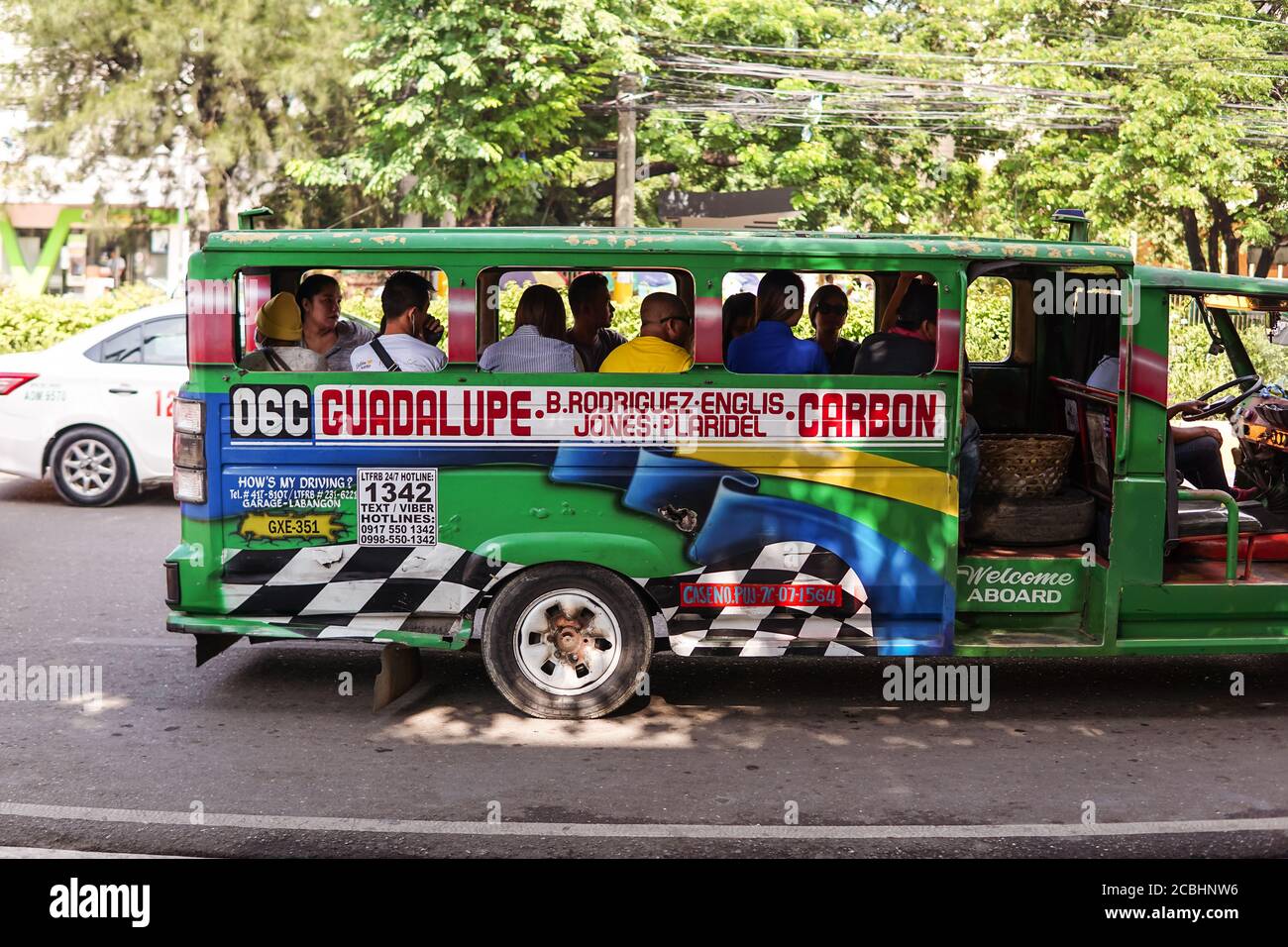Transit Advertising Philippines for Unmatched Brand Name Visibility
Transit Advertising Philippines for Unmatched Brand Name Visibility
Blog Article
How Transportation Marketing Can Change Public Transport Spaces Into Dynamic Advertising And Marketing Operatings Systems
Transportation advertising and marketing holds substantial possibility to redefine public transportation rooms right into lively advertising and marketing platforms that inform and involve. As we check out the diverse benefits and developing approaches of transportation advertising and marketing, it increases the inquiry of how this transformation can redefine our interactions with both brands and the urban atmosphere.
Advantages of Transit Marketing

In addition, transportation advertising and marketing is highly economical compared to conventional media. It permits advertisers to achieve high perceptions at reduced expenses, taking full advantage of return on financial investment. The restricted target market of commuters gives an opportunity for brand names to communicate their messages to individuals that are usually receptive throughout their travel times.
Moreover, the dynamic nature of transportation advertising permits projects to be updated often, guaranteeing that messaging continues to be appropriate and prompt. This versatility can be crucial in replying to market patterns or marketing occasions, keeping the brand name top-of-mind for customers. Finally, the pervasive existence of transit advertising adds to brand recall; duplicated direct exposure within familiar traveling contexts enhances brand name understanding and promotes consumer commitment, inevitably improving and driving sales brand name reputation.
Kinds Of Transit Marketing
Public transport systems provide various layouts for advertising, each providing to various advertising and marketing strategies and target market involvement techniques. One noticeable type is outside bus and train wraps, which cover the whole lorry and develop a mobile signboard impact, permitting for high presence in metropolitan environments. These wraps can catch attention as they go across hectic streets, reaching a diverse audience.
An additional prominent style is indoor advertising, that includes posters, digital screens, and advertisements on transportation seats. These placements involve travelers throughout their trip, reinforcing brand messaging in a restricted area. Digital shows, specifically, supply the advantage of dynamic material, allowing advertisers to update messages in real-time.
Station advertising and marketing is additionally significant, featuring posters, banners, and interactive booths within transit stations. These advertisements take advantage of foot traffic and can target certain demographics based upon location.
Lastly, promotional partnerships with transportation authorities can cause unique projects, such as themed transportation experiences or events, boosting the general engagement with travelers. Each kind of transportation advertising supplies distinct benefits, enabling brands to customize their method to successfully reach their target market within the general public transport environment.
Involving Commuters Effectively
Travelers are increasingly swamped with advertising and marketing messages throughout their everyday travels, making it crucial for brands to involve them in cutting-edge means. To record interest in this crowded space, advertisers have to focus on imagination and relevance. Utilizing distinctive visuals and concise messaging can substantially boost the possibility of engagement.
Interactive components, such as QR codes or enhanced reality features, can likewise change static ads into immersive experiences, fostering a deeper connection with the audience. Brands should concentrate on attending to travelers' demands and rate of interests, tailoring messages to reverberate with their lifestyle, whether with promos for local companies or services designed to boost their travelling experience.
Furthermore, timing plays a critical role; tactically putting ads during height commuting this content hours can take full advantage of visibility and effect. Involving commuters successfully additionally entails leveraging social media sites integration, visit this web-site allowing travelers to share their experiences or promotions straight from transportation platforms, consequently intensifying brand reach.
Essentially, efficient interaction rests on recognizing the traveler journey and producing compelling, interactive, and appropriate advertising experiences that not only capture interest however likewise drive action and commitment. By doing so, brand names can change public transport right into a vibrant advertising and marketing platform that reverberates with its target market.

Measuring Advertising Effect
Just how can brands properly analyze the performance of their marketing campaign in transportation atmospheres? Gauging the effect of transportation advertising and marketing needs a diverse strategy that integrates qualitative and measurable metrics. One common method is tracking involvement with mobile analytics, where brands can assess foot website traffic patterns and app communications previously, during, and after projects.
Studies can provide important insights into brand recall and customer belief, enabling brands to assess just how well their messages resonate with commuters. Additionally, checking social media sites involvement pertaining to certain projects can reveal changes in public perception and brand name conversation.

In addition, working together with transit companies can enhance measurement accuracy, as they usually possess thorough market information on ridership patterns. By incorporating these methodologies, brands can establish an extensive understanding of their marketing efficiency, ensuring that their projects not just reach but likewise impact their target market successfully.
Future Patterns in Transportation Advertising
A considerable change is prepared for en route advertising as technological improvements and transforming customer habits reshape the landscape. Transit Advertising Philippines. The assimilation of electronic screens and multimedias is anticipated to boost involvement, enabling brands to supply dynamic content that resonates with diverse audiences. As mass transit systems accept wise why not try these out innovation, advertisers will take advantage of real-time data analytics to customize messages based on traveler demographics and behaviors
Additionally, augmented fact (AR) is poised to transform the way travelers communicate with promotions. By providing immersive experiences, AR can change a mundane journey right into an appealing story that captures focus and promotes brand name loyalty. This development will likely motivate advertisers to develop even more experiential campaigns that drive consumer communication.
Sustainability is one more critical fad influencing transportation advertising. As ecological awareness grows, brand names will significantly look for to line up with eco-friendly methods, utilizing lasting materials and promoting eco-friendly efforts within their projects.
Conclusion
In conclusion, transportation marketing provides substantial advantages by boosting brand presence and engaging a restricted audience. As trends advance, the possibility for cutting-edge interactions between brand names and travelers is poised to expand, guaranteeing that transportation advertising and marketing remains a vital element of modern advertising methods.
Transportation marketing holds significant potential to redefine public transportation areas right into vibrant advertising and marketing systems that notify and engage. The prevalent visibility of transit advertising adds to brand recall; repeated exposure within familiar travel contexts strengthens brand name awareness and promotes customer commitment, inevitably improving and driving sales brand track record.
Just how can brand names accurately examine the performance of their marketing projects in transportation atmospheres?In conclusion, transit marketing offers substantial benefits by enhancing brand name presence and involving a captive audience. Transit Advertising Philippines. As patterns develop, the capacity for innovative interactions between brand names and travelers is poised to grow, guaranteeing that transportation advertising stays an essential part of modern-day marketing methods
Report this page